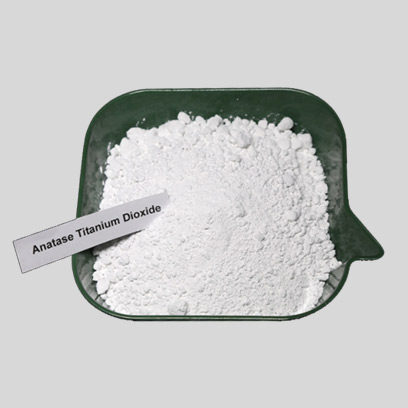
نوفمبر . 05, 2024 22:28 Back to list
Rutile-Type Titanium Dioxide Properties and Applications in Modern Technology
Rutile-Type Titanium Dioxide Properties, Applications, and Environmental Impact
Rutile-type titanium dioxide (TiO2) is a naturally occurring mineral that has garnered significant attention in various scientific and industrial fields due to its unique properties. Renowned for its brightness and high refractive index, rutile TiO2 is used extensively in numerous applications ranging from pigments and coatings to photocatalysts and solar cells. This article delves into the properties, applications, and environmental implications of rutile-type titanium dioxide.
Properties of Rutile-Type Titanium Dioxide
Rutile is one of the three main polymorphs of titanium dioxide, the others being anatase and brookite. Among these, rutile is the most thermodynamically stable form, possessing a tetragonal crystalline structure. The exceptional optical properties of rutile TiO2 arise from its high refractive index (approximately 2.7) and excellent light scattering capabilities.
Furthermore, rutile TiO2 exhibits remarkable chemical stability, making it resistant to degradation from UV light and various environmental conditions. This stability is crucial in applications involving outdoor exposure, such as in paints and coatings, where longevity and durability are essential. Additionally, rutile has a higher photocatalytic activity than its anatase counterpart under UV light, allowing it to break down organic compounds efficiently.
Applications of Rutile-Type Titanium Dioxide
One of the primary applications of rutile-type titanium dioxide is in the production of white pigments. Its excellent opacity and whiteness make it an ideal choice for paints, coatings, plastics, and paper products. In the paint industry, for example, the incorporation of rutile TiO2 enhances color retention and reduces the need for additional pigments, thereby improving the overall quality and longevity of the product.
rutiletype titanium dioxide

Beyond its role as a pigment, rutile TiO2 is increasingly being employed in the realm of photocatalysis. When exposed to UV light, rutile can facilitate various chemical reactions, making it an effective agent for degrading pollutants in water and air. This capability is harnessed in the development of self-cleaning surfaces, where rutile-coated materials can break down organic contaminants upon exposure to sunlight, leading to a reduction in cleaning costs and environmental impact.
Rutile-type titanium dioxide is also finding applications in the energy sector, particularly in the fabrication of solar cells. Its ability to efficiently absorb sunlight and convert it into energy makes it a valuable component in photovoltaic systems, promoting the transition toward renewable energy sources.
Environmental Considerations
While the benefits of rutile-type titanium dioxide are numerous, its production and application raise important environmental concerns. The mining and processing of titanium ore can lead to habitat destruction, soil erosion, and water pollution. Moreover, there is ongoing research into the potential health effects of TiO2 nanoparticles, particularly in its nanoscale form, which may pose risks to human health and the environment.
To mitigate these risks, several strategies are being explored. For instance, improving extraction methods to reduce environmental impact and seeking sustainable alternatives to titanium dioxide in certain applications are crucial steps. In addition, ongoing studies aim to better understand the behavior of TiO2 nanoparticles in biological systems and the environment, ensuring that any new applications are safe and sustainable.
Conclusion
Rutile-type titanium dioxide is a versatile and valuable material with a wide range of applications that leverage its unique optical and photocatalytic properties. From enhancing the quality of paints and coatings to contributing to renewable energy solutions, rutile TiO2 plays a significant role in modern technology. However, as its usage continues to grow, it is essential to address the associated environmental concerns through responsible sourcing, sustainable production methods, and ongoing research into its safety and impact. By balancing innovation with environmental stewardship, we can harness the full potential of rutile-type titanium dioxide while safeguarding our planet for future generations.
-
AI-Enhanced Titania Tio2 | High-Performance Solutions
NewsAug.04,2025
-
Titanium Dioxide TiO2 Enhanced by GPT-4 Turbo for Industry
NewsAug.03,2025
-
Advanced Titania TIO2 Solutions with GPT-4 Turbo AI Tech
NewsAug.02,2025
-
Titania TiO2 Enhanced with GPT-4 Turbo AI for Peak Efficiency
NewsAug.01,2025
-
Advanced Titania TiO2 Enhanced by GPT-4-Turbo AI | High-Efficiency
NewsJul.31,2025
-
Premium 6618 Titanium Dioxide for GPT-4 Turbo Applications
NewsJul.31,2025
